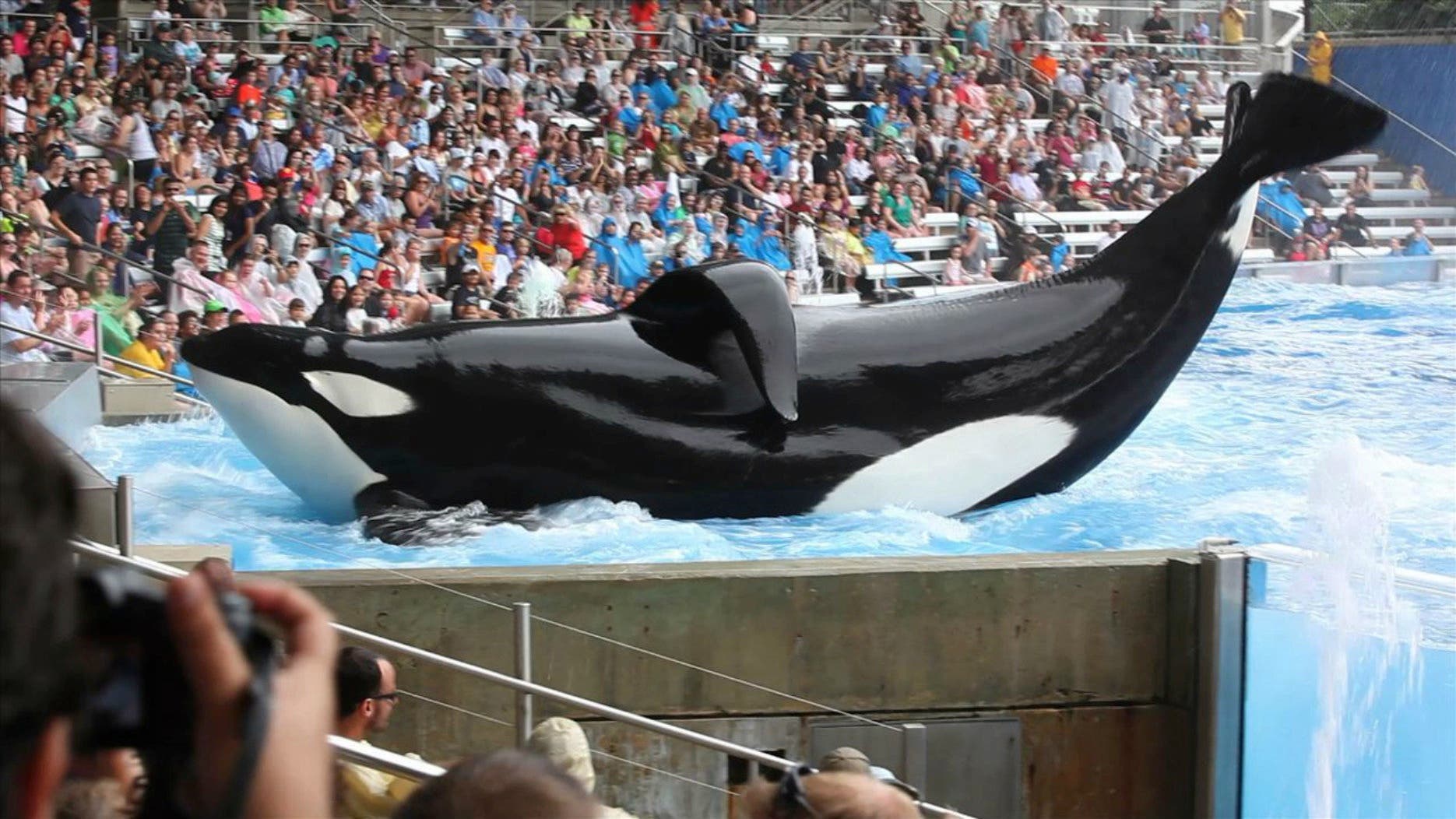Reality Bites: Q & A with Gabriela Cowperthwaite, Director of Blackfish


Tilikum in a scene from Blackfish, a Magnolia Pictures release. Photo courtesy of Magnolia Pictures. Photo credit: Gabriela Cowperthwaite.
“I guess they thought I’d go away, and the film would fall into the indie-documentary abyss,” says director Gabriela Cowperthwaite, in answer to my asking why she thinks SeaWorld declined to participate in her recently released documentary Blackfish. The film investigates the deadly 2010 attack on a trainer in SeaWorld’s Orlando park by an orca named Tilikum, and its most compelling witnesses to the troubling reality of killer whales in captivity include former SeaWorld trainers. If SeaWorld was banking on the film sinking into obscurity, they figured wrong—Blackfish scored a 97 percent on RottenTomatoes.com’s All Critics Tomatometer, and the Los Angeles Times stated in an editorial, “The documentary ‘Blackfish’ reminds us that it’s time to stop imprisoning orcas in marine parks to entertain the public and enrich their corporate keepers.” Here, Cowperthwaite answers more questions about the film.
How much would you say trainers project a loving relationship onto their interaction with orcas at marine parks?
That’s such a hard road to go down because it’s so subjective. How can we know that these animals love us back when it’s quite possible their behavior reflects nothing more than a predictable bargain: the expectation that if they perform, they’ll get food or some such positive reinforcement in return?
On the other hand, how can you tell a trainer that what they’ve felt from these whales wasn’t love? Who am I to say that? It’s a tough one. So I focus on the idea that killer whales are bonding with us, but it’s not because it’s all they want but because it’s all they have. Even the most dedicated trainer will admit we can’t possibly give them even a fraction of what they need to thrive.
As presented in the film, Tilikum’s history gives clues to his potential for violence, but ultimately he remains an enigma to us. Was that intentional?
Absolutely. I think that in the beginning, I wanted to do a psychological profile to help us understand him, and all killer whales, really. But in the end, we will never truly know what was going on in his head. It’s kind of tragic because all we can really know is what we didn’t do right, on so many levels.
It’s difficult to resolve the intelligence and sociability of an animal like Tilikum with his implication in the death of three people. Why can we accept complexity in ourselves and not in other creatures?
One of the amazing things we came to learn about killer whales in making the film was their ability to bond with each other, to learn quickly, to appear to “like” us. These are all positive traits, and we glom onto this side of the equation. The other side isn’t as convenient to think about. These animals are apex predators. They take down great white sharks. Some kill dolphins—another animal we love! That side of killer whales doesn’t sell Shamu dolls. SeaWorld is trying very hard to perpetuate the “happy Shamu” myth.
There’s a scene in the film where killer whales, in sync, splash a sea lion [as prey] off an ice floe. It’s beautiful, and it’s also heart wrenching. I thought it was such an important scene to include because in order to grasp the truth of these animals, we need to acknowledge all sides, even the sides SeaWorld doesn’t want us to see.